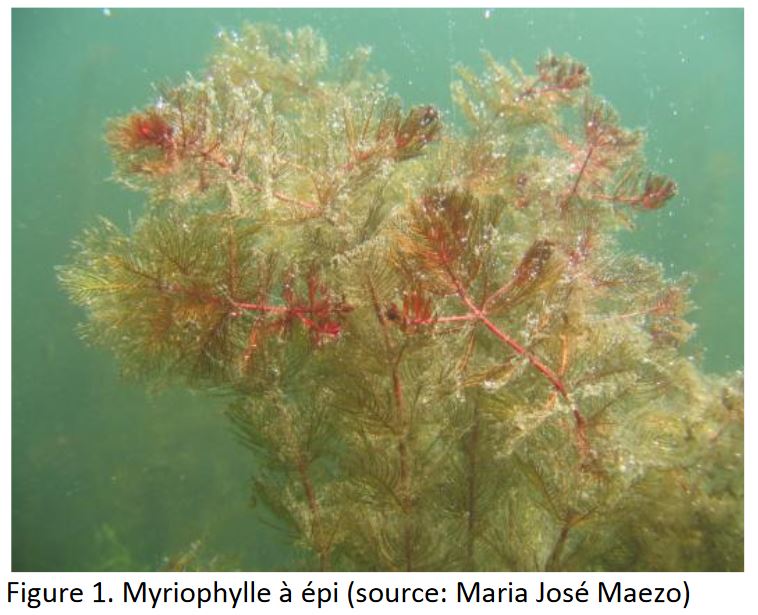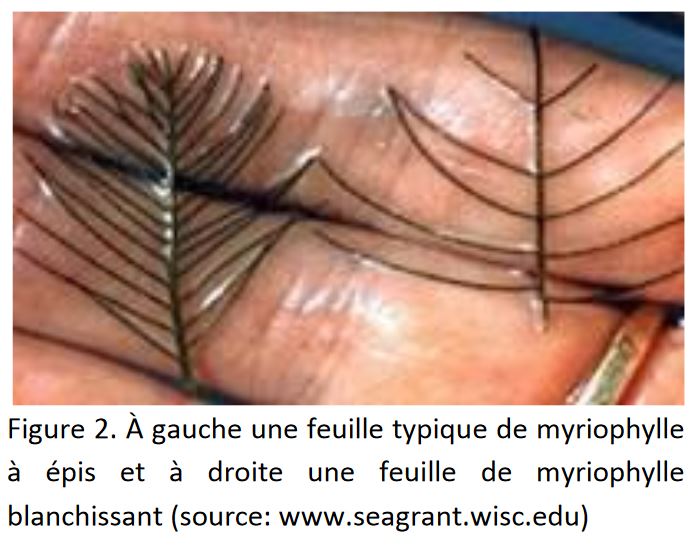(Caution: see the Publications/Regulations tab for the complete list of by-laws)
Presentation of the Service
The Urban Planning Department is responsible for planning, land management and environmental protection. It is responsible for the issuance of permits and certificates required by citizens. The Urban Planning Department is also responsible for the enforcement and administration of certain by-laws.
Work Requiring a Permit
If you plan to undertake work on your property any time soon, we suggest you contact the Urban Planning Department to find out if a permit is required. The permit fees are available here :
- Tarification of Municipal Activities, Goods and Services (no. 301-2024)
.
Forms
Subdivision permit (park fees may apply) :
- Minor subdivision (1 to 5 lots, no road)
- Major subdivision (6 lots or more, or with a road)
Building permit (park fees may apply):
Certificate of authorization
- Pool installation
- Groundwater (wells)
- Septic system
- Work on the shoreline
- Wood felling (less than 100m³ permit is free)
- Commercial tree harvesting (more than 100m³)
- Demolition
- Ditching/filling
- Signs: installation or modification
- Change of usage
Minor variance or modifications to by-laws
Work not Requiring a Permit
Obtaining a certificate of authorization is not required for the purposes of normal maintenance of a construction provided the foundations, framing and exterior partitions and/or interior are not modified and the floor area is not increased.
This applies to small jobs done separately and not for a set of small jobs. Small jobs are subject to all general dispositions or particular provisions.
For information purposes, the following can be considered as small maintenance work:
- the replacement or repair of the roof covering provided the materials used are identical, equivalent or of superior nature and unless a site planning and architectural integration (PIIA) applies to changing the roof;
- installation of vents;
- painting, unless a site planning and architectural integration (PIIA) applies to a color change project;
- creosote of walls or roof and roof tarring;
- chimney consolidation work;
- insulation and ventilation work provided that the structure is not altered or manipulated;
- installation or replacement of gutters;
- repairing mortar joints;
- replacement of windows or bay windows;
- repair or replacement of damaged or deteriorated components of balconies provided it is not expanded or modified (handrails, stairs, floors, etc.);
- replacing the electrical input provided the electrical wiring inside the walls and ceilings are not modified;
- adding electrical outlets, switches, lighting and various similar work;
- transformation or change of a central heating system (e.g.: exchanging the oil burner in an electric furnace);
- repair or replacement of plumbing (pipes, sink, toilet, bath …) provided that the work does not require the demolition of walls or other components of the framework and will not affect the septic system;
- installing a smoke evacuator (stove hood) in the case of a strictly residential occupancy;
- repair or construction of shelves and cabinets except in the case of a complete renovation of the kitchen;
- replacement or modification of the floor covering.
Urban Planning Bylaws
(Caution: see the Publications/Regulations tab for the complete list of by-laws)
- Urbanism Plan (no. 110)
- Urbanism bylaws (no. 111 – 115)
- Bylaw Concerning Conditionnal Usages (no 155)
- Bylaw Regarding Site Planning and Architectural Integration Plan (PIIA) in village core (No. 168) and for certain zones outside the village core (No. 285)
- By-law regarding Minor Variances (revised) (no. 265)
- Concordance bylaw no 283 to ensure concordance with By-law No. 271 amending the Urban Plan (no. 283) and (Annexe 1- Modified grids no. 283)
- Concordance By-law no 284 on Comprehensive Development Plans (PAE) to ensure concordance with By-law No. 271 amending thee Urban Plan (No. 284)
- Concordance by-law no 285 on site planning and architectural integration programs (PIIA) for certain zones outside the village core to ensure concordance with by-law no. 271 amending the Urban Plan (No. 285)
Zonage Plan – administrative version
Zonage Plan – administrative version – no legal value
Septic Tanks
The emptying of septic tanks is mandatory for all residences of Arundel, as no sewer service is present.
Under the by-law concerning the emptying of septic tanks #125, it is mandatory to drain the septic tank:
- Every 2 years for a residence occupied year round;
- Every 4 years for a secondary home occupied a maximum of 180 days per year.
Note:
It is mandatory to submit to the municipality a copy of the invoice proving the septic tank has been emptied as soon as it has been done.
Shoreline
Shoreline protection
The water quality of our lakes and rivers is an issue that concerns us all. To meet the challenge generated by this issue, the municipality wants to follow suit and enforce its by-laws, just as the neighboring municipalities have done in recent years.
What is a riparian zone?
A riparian zone is an indispensable element to ensure a healthy transition between terrestrial and aquatic ecosystems. Indeed, the shores of lakes and rivers represent screens facing premature warming waters and essential barriers that stop the excessive inflow of sediment. In addition, riparian protection strips play a key role against soil erosion and represent regulators of the water cycle, besides being one of the main filters against water pollution.
How to identify a riparian zone?
A shoreline can play its role to the maximum only under certain conditions. First, it is necessary to identify the high water line. This line is located generally where there is a change between a predominance of aquatic plants to a predominance of terrestrial plants. It is also possible to identify it in the spring when the snow melts, when the water reaches its highest level.
Width of the bank
- If the bank has a slope of less than 30%, the shoreline must have a minimum depth of 10 meters from the high water line.
- However, if the bank has a slope greater than 30% and more than 5 meters high, the protective strip is 15 meters from the high water line.
Lake Access
In the riparian zone, no work on the control of vegetation is allowed (no lawn mowing or collecting dead leaves).
However, when the slope is less than 30%, an opening or openings with a maximum combined width of 5 meters are permitted but must necessarily be covered with a ground cover plant.
When the slope of the shore is greater than 30%, pruning and cutting down of trees are allowed to make a hole with a maximum width of 5 meters in vegetation. In addition, a winding path with a maximum width of 1.2 meters can be achieved without filling or clearing.
If stairs are required in this path, they must be built on stilts. At all times, the path should be covered with a ground cover plant, also under the stairs.
Exception:
It is also possible to control vegetation on a maximum width of 2 meters along the perimeter of buildings and structures that are found in the riparian zone.
For regulations concerning the protection of banks, see Chapter 10 of zoning by-law #112 (link above).
Eurasian water-milfoil
Eurasian water-milfoil: a short guide to avoid an invasion
Eurasian water-milfoil can grow up to a height of 10 meters, but usually reach between 1 and 4 meters. The plant is rooted to the bottom of the lake and expands to the surface, where it branches abundantly, creating a dense mass.
The Eurasian water-milfoil reproduces mainly by vegetative fragmentation (cuttings). Thus, small rod fragments detached from the mother plant can take root and colonize a region. Each rod can easily produce twenty new plants. Therefore, motorboats represent a particular danger of contamination, since their propellers cut the plant into fragments, thereby allowing the release of hundreds of new plants nearby.
The stands of Eurasian water-milfoil reach such density that they tend to dislodge any other plant species. In addition, the natural chemical balance of the lake is disturbed, which may cause the disappearance of the natural wildlife habitat.
The best way to control this plant is to take steps to slow its growth:
- Mark the areas infested with buoys;
- Never drive by motorboat in an infested area;
- Wash the boat, motor and trailer after visiting another body of water and empty the bilge, the pool or the ballast tanks of the boat on shore;
- Avoid the use of fertilizers;
- Avoid the use of detergents containing phosphates;
- Maintain sufficient vegetation on the shoreline so that filter nutrients and runoff of pollutants;
- Have a conforms septic system, emptied regularly;
If we all make an effort to implement the recommended preventive measures, we will succeed in slowing the proliferation of Eurasian water-milfoil and protect the quality of the lake.
Although the Eurasian water-milfoil strongly resembles the native Whitening milfoil, (Myriophyllum sibiricum K.), some criteria allow, with relative ease, to distinguish it:
- Buds distinctly comes red at the end of the plant (Figure 1);
- Branching out of plants at the surface. This causes the formation of clumps of Eurasian water-milfoil on the water surface;
- Leaves shaped like small feathers (Figure 2)
- Significant stand of plants. Milfoil is often present in large quantities in places where it is found (Figure 3)





